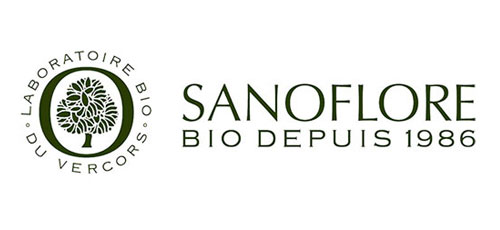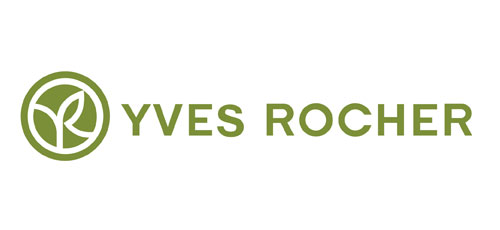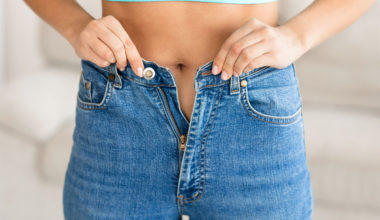On the French beauty scene as in other industries, products “Made in France” are flying off the shelves. But do we necessarily have to become converts to buy clean?
Behaving more responsibly as a consumer, favouring domestic producers or even short supply chains… This trend, which has been emerging for some time, took off with the public health crisis. In the beauty industry too, consumers are calling for healthier products and attaching increasing importance to their origin. That’s as may be, but is it that easy to put a “Made in France” label on a beauty product? And does it necessarily mean that the product is cleaner?
Much easier for foodstuffs than beauty products
When it comes to food, you can easily favour a supply chain with as few middlemen as possible by buying your basket of vegetables from an AMAP (Association for the Preservation of Smallholdings) or from the local farmer’s market, or by supporting restaurant proprietors who use local, seasonal produce. Moreover, foodstuffs (fruits & vegetables, meat, cheese, etc.) are subject to compulsory origin marking under food safety regulations. There are AOP (protected designation of origin), IGP (protected geographical indication) and ‘Label France’ labels, etc..
Three good reasons to choose beauty products “Made in France”
- Stringent regulations. The European Union has introduced some of the world’s most exacting beauty product regulations. Some substances are regulated, while others are prohibited. Best production practices (quality standard ISO 22716) cover the whole production chain, from raw materials to waste products. Methods of dispatch are set. Any product sold via an official sales channel in the EU, whether a bricks-and-mortar or online store, must comply with the regulations.
- Supporting the local economy and making sure that working conditions are respectful of employees. In France a minimum wage applies, with documented working hours, top-up health insurance that’s now compulsory for every employee, occupational health services, etc.
- Cutting down on greenhouse gas emissions related to freight transport (saving products from having to go three times round the world before arriving on the shelf).
The “Made in France” mark is not a watertight guarantee

Product origin marking of non-food items is optional in the EU.
But as soon as the wording “Made in France” appears on a beauty product, producers must abide by the non-preferential origin rules passed by the World Trade Organisation (WTO) and by the applicable EU provisions. These make it possible to ascertain the country of origin of a product, where production factors of various kinds are at play concerning its composition, raw materials or stages in the production process. Among other things, these rules and provisions make it compulsory for the last step of the assembly process, or the final substantive processing stage, to be completed in France.
In summary, the wording “Made in France” does not guarantee that the ingredients of a product come from France, but that the product went through at least one of the crucial stages of its design in France. The ‘Origine France Garantie’, label, for example, can only be secured by products that are 83% made in France.
The headache that is raw materials
Shea from Africa, Moroccan argan, Mexican aloe vera, Comorian ylang ylang, Turkish rose or bergamot from Calabria… And that’s just the plant-based ingredients. It’s not easy to formulate a beauty product – even less a perfume – using only ingredients sourced on French soil. The same goes for packaging items (pumps, tubes, etc.), which may be produced overseas, and not necessarily in south-east Asia.
So some of the raw materials are imported into France, but once they are there, companies are now at pains to ensure that the processing steps through to the product being finished are completed within a limited area.
Local beauty products – in fashion
Over the past few years, we have seen a proliferation of ” local brands” which not only showcase a raw material from their local area, but also have production take place broadly within a radius of around 100 km kilometres of their headquarters. Most of them opt to have their business revolve around a star ingredient that they cultivate themselves, or source from small local producers while bringing them a revenue stream. This is a “short supply chain” for beauty products, as embraced by Graine de Pastel in the Toulouse area, Océopin near Cap-Ferret, Pulpe de Vie in the PACA area, La Chênaie and Vinésime in Burgundy…
Large corporations are starting to follow suit. For the cornflower extract that Klorane uses in one of its flagship ranges, the plants are grown just 48 km away from the two factories where the products are produced, near Castres and Toulouse. Yves Rocher owns a “garden” where its key plants are grown, in La Gacilly (in the company’s stronghold of Brittany), where its factories are located. This is also where its ‘Eaux florales’ are now produced, having been moved there from their previous production site in the south of France! L’Oréal owns two “local” brands: Sanoflore, which is rooted in the Vercors, and La Provençale, which is based on olive oil with a protected designation of origin.
Products with these ‘Made in France’ credentials can be exported beyond France’s borders, since some French brands are sold right across France and sometimes in a great many other countries.
How does all of this fit in with the clean approach?
Buying clean does not necessarily mean buying something “Made in France”, since there are a great many foreign clean beauty brands.
What you need to bear in mind is that in buying a French product, you get the assurance of traceability, fair treatment of workers and largely of cutting down on the carbon footprint related to freight transport. As for formulation, some French beauty brands are in the process of “cleaning up” their products by cutting out controversial substances, and redesigning their packaging items to make them as environmentally responsible as possible.
In conclusion, when you buy a product “made in France” you cannot necessarily assume that it is clean – far from it. But it’s good to think local when making a purchase, whether a beauty product, groceries or off-the-peg clothing.
Ideally of course, you’ll favour clean brands whose products are ALSO made in France.











